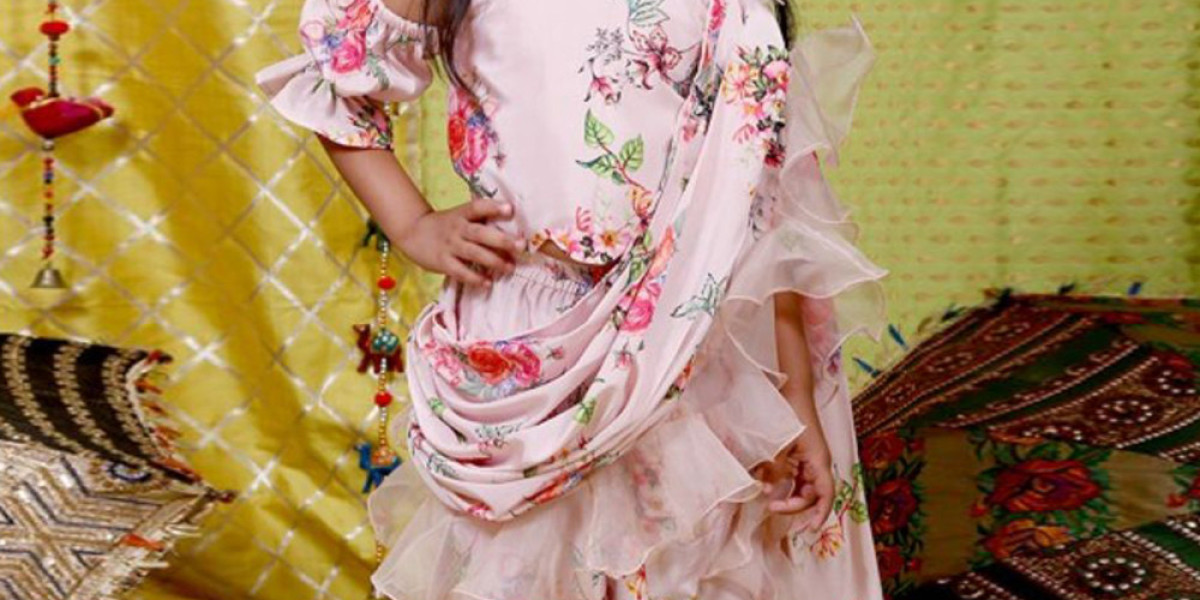Sarees, those beautiful pieces of cloth that our mothers and grandmothers often wear, come in many types and styles. One kind that holds a special place is the handloom saree. These sarees are not just clothes; they're woven stories of tradition, craftsmanship, and culture. Let's explore the magic of handloom weaves and unravel the secrets that make these sarees special for girls.
What's a Handloom Saree?
A handloom saree is made using traditional weaving techniques, where skilled artisans operate a loom by hand. Unlike machine-made fabrics, handloom sarees have a unique charm because each piece is crafted with care and attention. These sarees are a testament to the rich cultural heritage of India, with each region having its own distinctive handloom style.
Varieties of Handloom Sarees:
Banarasi Silk Sarees: Hailing from Varanasi, these sarees are known for their luxurious silk and intricate zari work. The fine detailing and beautiful patterns make them a classic choice for weddings and special occasions.
Kanjeevaram Silk Sarees: Originating from Tamil Nadu, Kanjeevaram sarees are characterized by their rich silk fabric and bold, contrasting borders. These sarees are a symbol of elegance and are often worn during festivals and celebrations.
Chanderi Sarees: Coming from Madhya Pradesh, Chanderi sarees are crafted with a blend of silk and cotton. They are known for their lightweight feel, sheer texture, and delicate zari work, making them suitable for both casual and formal wear.
Paithani Sarees: Originating from Maharashtra, Paithani sarees are recognized for their vibrant colors and peacock or flower motifs. These sarees often have a rich silk base, making them perfect for festive occasions.
Assam Silk Sarees (Muga and Eri Silk): Assam is famous for its Muga and Eri silk sarees. Muga silk, with its golden sheen, and Eri silk, known for its soft texture, reflect the natural beauty of Assam. These sarees are perfect for a traditional yet comfortable look.
The Art of Weaving:
Handloom sarees are not just pieces of cloth; they are the result of intricate weaving techniques passed down through generations. Talented weavers use their skillful hands to create patterns and designs, giving each saree a unique identity. The process of handloom weaving is time-consuming, but the end result is a piece of art that tells a story of tradition and craftsmanship.
The Beauty of Imperfection:
One of the charming aspects of handloom sarees is their imperfections. Unlike machine-made fabrics that strive for uniformity, handloom sarees celebrate the irregularities in the weave. These irregularities, often seen as charming imperfections, add character and authenticity to the saree, making each piece one of a kind.
Why Girls Love Handloom Sarees:
Comfortable and Lightweight: Handloom sarees are generally lighter than their heavily embellished counterparts, making them comfortable to wear for long durations. The soft textures of handloom fabrics add to the comfort factor.
Versatile and Timeless: Handloom sarees are versatile and can be worn on various occasions. Whether it's a family gathering, a festival, or a formal event, a well-chosen handloom saree can make a girl stand out with timeless grace.
Supporting Artisans: By choosing handloom sarees, girls contribute to supporting skilled artisans and preserving traditional weaving techniques. This conscious choice helps sustain the rich heritage of handloom weaving in India.
In conclusion, Choosing a handloom saree is like unlocking a treasure chest of stories woven into every thread. As girls drape themselves in these magical creations, they don't just wear a saree; they wear a piece of art that reflects the rich tapestry of India's diverse heritage.








